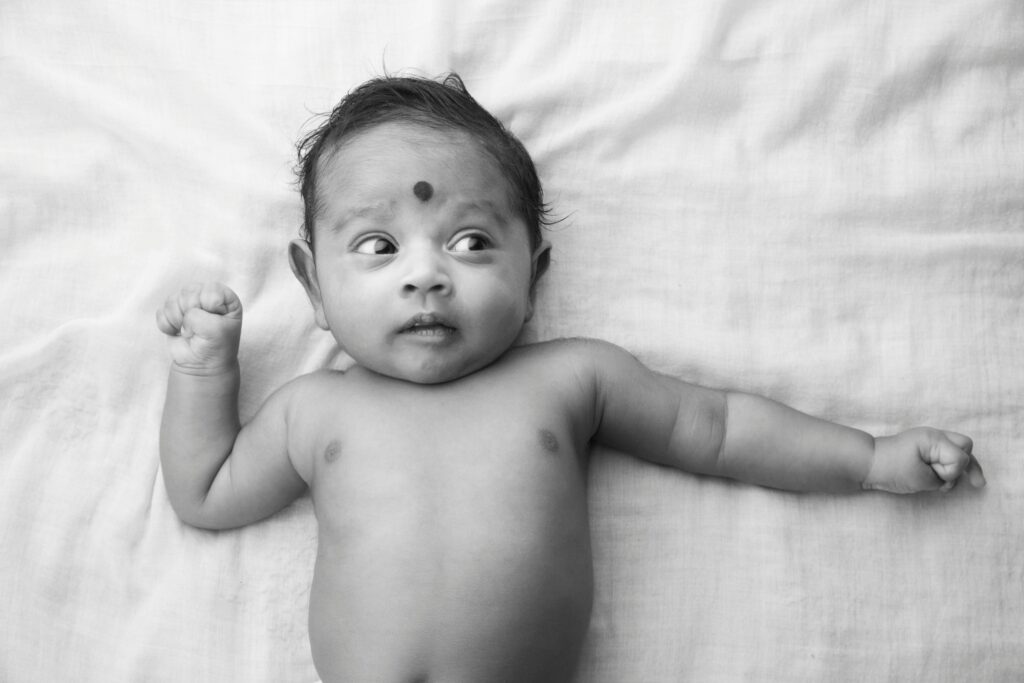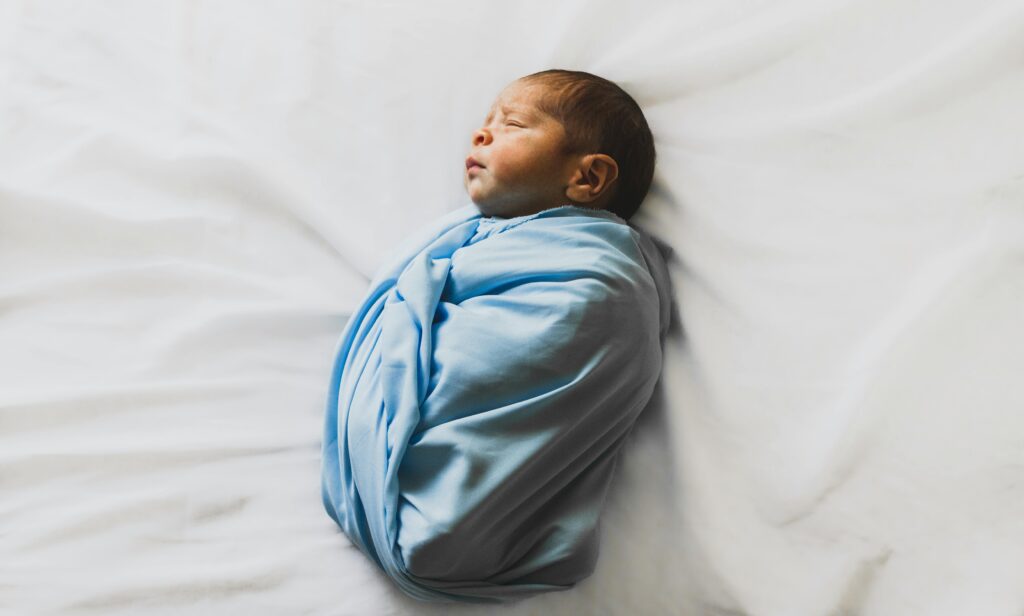New Born Care
NEONATAL ICU & PAEDIATRICS
Wondering how your newborn baby will be taken care of in the hospital delivery room? Read about procedures that doctors and caregivers follow for the immediate care of your newborn after birth.
Newborn Baby Care in Hospital.
The birth of a newborn is a life-changing event for every parent. While the parents prepare themselves to care for the newborn baby, the transition to life outside the mother's womb is also a challenging period for the baby. Outside the womb, the environment is precarious, making the newborn vulnerable to diseases and infections. According to the World Health Organization (WHO) guidelines for healthcare professionals, the immediate care of the newborn is crucial for the survival, development and future health of the baby.

Immediate care of newborn baby

Soon after the baby is delivered in the hospital, a quick examination is done by the doctor or the paediatrician. The airway is checked for any signs of obstruction. Any mucus or other material in the nose or mouth is suctioned out with a suction pump. The umbilical cord is clamped and cut with sterile equipment. A nurse will weigh the baby and take measurements such as length and head diameter and enter it in the birth record.
The primary sustenance for a newborn is breast milk, deemed crucial by current recommendations for exclusive breastfeeding for at least six months, with the option to extend it up to the child's second year. Breast milk encompasses all the essential components necessary to shield infants from various diseases during early infancy and offers ongoing protection against chronic illnesses in later stages. In situations where a mother cannot supply breast milk, newborns can be given infant formula as an alternative.
Newborn baby's health evaluation
Apgar scoring or Apgar test is the first medical examination conducted to assess overall condition of the newborn. The following signs are evaluated at one minute and five minutes after birth: heart rate, respiration, appearance or skin colour, muscle tone and reflex response. Each is given a score of 0, 1 or 2. A total score of 7 to 10 is considered normal. Babies with Apgar score of 4 to 6 may need oxygen support or careful monitoring. Newborns with a score of 0 to 3 are the ones which require immediate medical attention.

Physical examination of the newborn
- Vital signs: Temperature, heart rate and respiratory rate are checked.
- Measurements: The nurse measures the baby's length from head to toe and measures head circumference.
- Birth weight: The baby is weighed immediately after delivery and birth weight recorded.
- Skin: The skin is observed for the presence of bluish discolouration which is a sign of poor blood circulation.
- Head and neck: The doctor examines the shape of the head, the soft spots on the skull, the face and neck regions to look for any swelling, bleeding or deformities. This can either be due to the pressure during a vaginal delivery or a birth defect.
- Heart and lungs: The chest is auscultated to identify any heart murmurs or abnormal breathing sounds.
- Abdomen and genitals: Abdomen is palpated to check the size, shape and position of internal organs. The doctor ensures that there are no defects in the genitourinary and rectal openings.
- Extremities: The arms and legs are checked for any physical or functional defects.
To keep track of how your baby is growing and developing, it’s important to see a pediatrician regularly. These visits involve the doctor checking your baby’s progress and identifying any issues or delays in their development.
Baby care in the hospital
After performing a newborn examination to confirm that the baby is fit and healthy, hospitals should ensure immediate care as follows:
- Sterile environment - The baby has come out from a conditioned environment and is exposed to all possible infections. The newborn is extremely vulnerable to infections from the outside environment. In such a situation, using sterilised cloth for wiping the baby and sterilised baby clothes becomes extremely critical.
- Cord care - The baby's umbilical cord stump must have a clamp. It should be kept absolutely clean and dry as chances of infection are high in this region.
- Eye care -Eye drops are placed in both eyes to prevent bacterial infection.
- Providing warmth to the newborn - Upon birth, the baby is completely covered with amniotic fluid and, therefore, can easily become cold. Drying the baby with a soft, preferably sterilised towel, and using warm blankets and heat lamps can help prevent heat loss. Kangaroo care is a method in which the infant is held in skin-to-skin contact with the mother soon after birth to stabilise body temperature. This position allows for the baby to get the desired warmth from the mother. This not only reduces crying but also helps in successful breastfeeding. Caregivers must ensure that the head and toes of the newborn are covered all the time, since maximum heat loss happens from these areas.
- Bath - Once the newborn's temperature gets stabilised, the baby is ready for his first bath.
One important delivery room procedure is to place identification tags with name and details on the wrists of the baby and the mother. This is checked by the nurse every time the baby is taken from or brought back to the mother’s bedside.
Newborns are most comfortable in a room with a temperature between 26 and 28 degrees Celsius. It’s advisable to keep them indoors on hot days and feed them whenever they seem hungry. A good sign of their well-being is having at least six wet diapers a day. Maintain their body temperature between 36-36.5 degrees Celsius. Dress them in soft cotton clothes and cover them with a cotton sheet for a cozy feel.